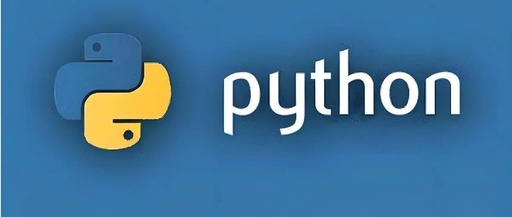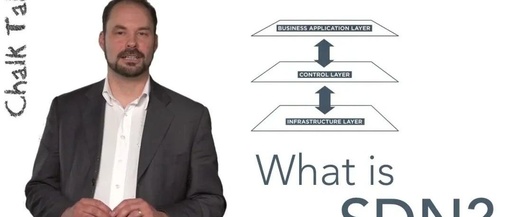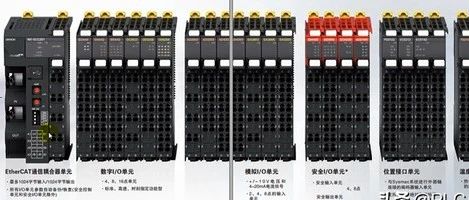Go Language HTTP Middleware Chain: Onion Model Design | Handling Cross-Cutting Concerns
Click the above“blue text” to follow us Go Language HTTP Middleware Chain: Onion Model Design | Handling Cross-Cutting Concerns Want to know why efficient web services can handle authentication, logging, rate limiting, and error handling simultaneously without making the code look like spaghetti? The secret lies in the “onion model” design of HTTP middleware. Every … Read more









